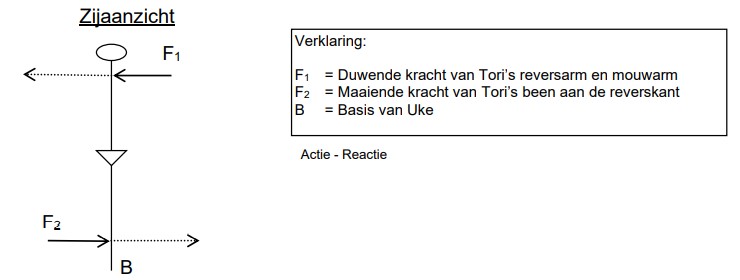Ko-soto-gari 小外刈
Minor Outer Reap
Classification: Ashi-waza (leg technique)
Japanese meaning:
-
Ko = small / minor
-
Soto = outer
-
Gari = reap
Technical Description
Ko-soto-gari is a fundamental leg technique and part of the Gokyo no Waza — the traditional syllabus of Kodokan judo. It’s a fast and effective throw, often used as a first attack or in reaction to an opponent’s movement.
To perform Ko-soto-gari:
-
Break your opponent’s balance (kuzushi) to the rear or rear-right corner.
-
Step to the side, maintaining chest-to-chest distance.
-
Sweep your opponent’s right leg from the outside using the sole of your left foot, targeting just above or at the ankle.
-
Use both hands to pull uke’s upper body backward as you reap the leg to complete the throw.
This throw is often used when uke shifts their weight backward or braces against a forward motion. It is subtle, fast, and perfect for exploiting small imbalances.

Biomechanics of Ko-soto-gari
This technique functions as a couple (torque):
-
Tori’s hands (F1 + F2) push or pull uke’s upper body in one direction (typically backward).
-
Simultaneously, the sweeping foot removes uke’s support leg in the opposite direction.
-
The body is turned around a horizontal axis, creating a rotational movement.
It relies on uke having weight on the reaped leg, and on precise timing to execute before the foot can be withdrawn.

Did You Know?
Ko-soto-gari is part of the first group (Dai Ikkyo) of the Gokyo — the classification system introduced by the Kodokan in 1895 and revised in 1920 and 1982. The idea was to group throws by ascending difficulty and progressive skill development.
For instance, if uke avoids the reap by stepping their leg back, this reaction opens a path for techniques like Ko-uchi-gari (minor inner reap) as a follow-up — a great example of Renraku-waza (linked techniques).